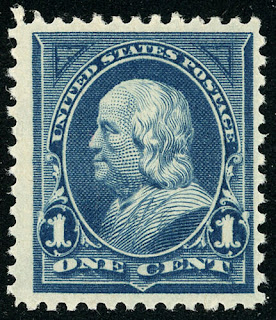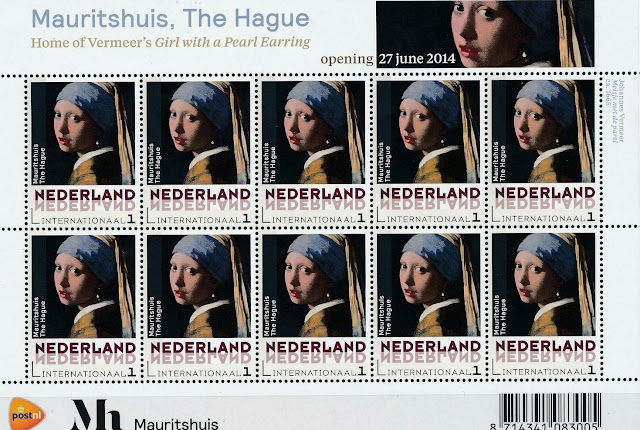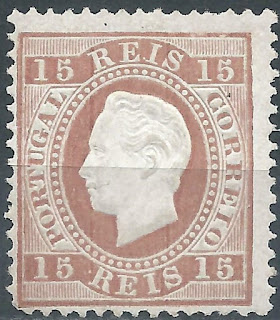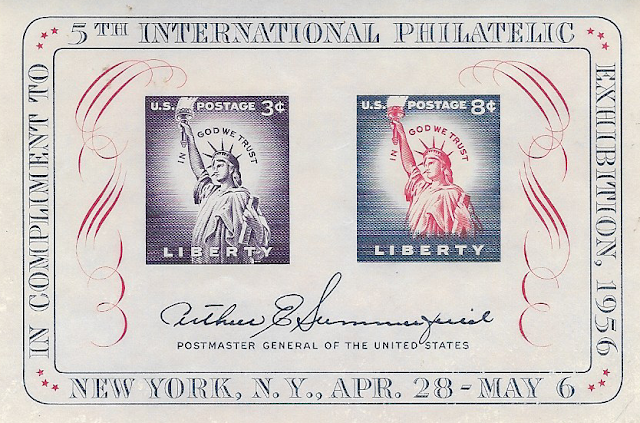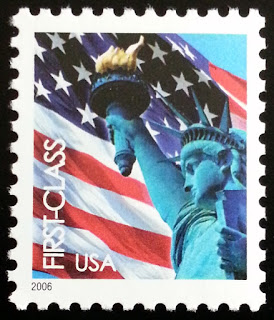Here are some events that happened on April 17th. It could be an event or a person that died or was born on that day
1521 – Trial of Martin Luther over his teachings begins during the assembly of the Diet of Worms. Initially intimidated, he asks for time to reflect before answering and is given a stay of one day.
Martin Luther (10 November 1483 – 18 February 1546) was a German professor of theology, composer, priest, monk, and a seminal figure in the Protestant Reformation.
Luther was ordained to the priesthood in 1507. He came to reject several teachings and practices of the Roman Catholic Church; in particular, he disputed the view on indulgences. Luther proposed an academic discussion of the practice and efficacy of indulgences in his Ninety-five Theses of 1517. His refusal to renounce all of his writings at the demand of Pope Leo X in 1520 and the Holy Roman Emperor Charles V at the Diet of Worms in 1521 resulted in his excommunication by the pope and condemnation as an outlaw by the Holy Roman Emperor.
Luther taught that salvation and, consequently, eternal life are not earned by good deeds but are received only as the free gift of God's grace through the believer's faith in Jesus Christ as redeemer from sin. His theology challenged the authority and office of the Pope by teaching that the Bible is the only source of divinely revealed knowledge, and opposed sacerdotalism by considering all baptized Christians to be a holy priesthood. Those who identify with these, and all of Luther's wider teachings, are called Lutherans, though Luther insisted on Christian or Evangelical (German: evangelisch) as the only acceptable names for individuals who professed Christ.
His translation of the Bible into the German vernacular (instead of Latin) made it more accessible to the laity, an event that had a tremendous impact on both the church and German culture. It fostered the development of a standard version of the German language, added several principles to the art of translation, and influenced the writing of an English translation, the Tyndale Bible. His hymns influenced the development of singing in Protestant churches. His marriage to Katharina von Bora, a former nun, set a model for the practice of clerical marriage, allowing Protestant clergy to marry.
In two of his later works, Luther expressed antagonistic views towards Jews. His rhetoric was not directed at Jews alone, but also towards Roman Catholics, Anabaptists, and nontrinitarian Christians. Luther died in 1546 with Pope Leo X's excommunication still effective.
Stamps from several countries depicting Martin Luther


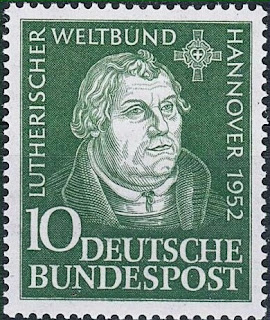


1524 – Giovanni da Verrazzano reaches New York harbor.
Giovanni da Verrazzano (1485–1528) was a Florentine explorer of North America, in the service of King Francis I of France.
He is renowned as the first European to explore the Atlantic coast of North America between Florida and New Brunswick in 1524, including New York Bay and Narragansett Bay.
Despite his discoveries, Verrazzano's reputation did not proliferate as much as other explorers of that era. For example, Verrazzano gave the European name Francesca to the new land that he had seen, in accordance with contemporary practices, after the French king in whose name he sailed. That and other names that he bestowed on features that he discovered have not survived. He had the misfortune of making major discoveries in the same three years (1519 to 1521) that the dramatic Conquest of Mexico and Ferdinand Magellan's circumnavigation of the world occurred. Magellan himself did not complete his voyage, but his publicist Antonio Pigafetta did so, and Spanish publicity outweighed the news of the French voyage.
In the 19th and the early 20th centuries, there was a great debate in the United States about the authenticity of the letters that he wrote to Francis I to describe the geography, flora, fauna, and native population of the east coast of North America. Others thought that they were authentic, almost universally the current opinion, particularly after the discovery of a letter signed by Francis I, which referred to Verrazzano's letter.
Verrazzano's reputation was particularly obscure in New York City, where the 1609 voyage of Henry Hudson on behalf of the Dutch Republic came to be regarded as the de facto start of European exploration of New York. It was only by a great effort in the 1950s and 1960s that Verrazzano's name and reputation were re-established as the European discoverer of the harbor, during an effort to name the newly built Narrows bridge after him.
Italian stamps depicting Giovanni da Verrazzano and the Verrazzano bridge
1790 Died: Benjamin Franklin, American inventor, publisher, and politician, 6th President of Pennsylvania (b. 1706)
Benjamin Franklin (January 17, 1706 - April 17, 1790) was a British American polymath and one of the Founding Fathers of the United States. Franklin was a leading writer, printer, political philosopher, politician, Freemason, postmaster, scientist, inventor, humorist, civic activist, statesman, and diplomat. As a scientist, he was a major figure in the American Enlightenment and the history of physics for his discoveries and theories regarding electricity. As an inventor, he is known for the lightning rod, bifocals, and the Franklin stove, among other inventions. He founded many civic organizations, including the Library Company, Philadelphia's first fire department, and the University of Pennsylvania.
Franklin earned the title of "The First American" for his early and indefatigable campaigning for colonial unity, initially as an author and spokesman in London for several colonies. As the first United States ambassador to France, he exemplified the emerging American nation. Franklin was foundational in defining the American ethos as a marriage of the practical values of thrift, hard work, education, community spirit, self-governing institutions, and opposition to authoritarianism both political and religious, with the scientific and tolerant values of the Enlightenment. In the words of historian Henry Steele Commager, "In a Franklin could be merged the virtues of Puritanism without its defects, the illumination of the Enlightenment without its heat." To Walter Isaacson, this makes Franklin "the most accomplished American of his age and the most influential in inventing the type of society America would become."
Franklin became a successful newspaper editor and printer in Philadelphia, the leading city in the colonies, publishing the Pennsylvania Gazette at the age of 23. He became wealthy publishing this and Poor Richard's Almanack, which he authored under the pseudonym "Richard Saunders". After 1767, he was associated with the Pennsylvania Chronicle, a newspaper that was known for its revolutionary sentiments and criticisms of the policies of the British Parliament and the Crown.
He pioneered and was the first president of Academy and College of Philadelphia which opened in 1751 and later became the University of Pennsylvania. He organized and was the first secretary of the American Philosophical Society and was elected president in 1769. Franklin became a national hero in America as an agent for several colonies when he spearheaded an effort in London to have the Parliament of Great Britain repeal the unpopular Stamp Act. An accomplished diplomat, he was widely admired among the French as American minister to Paris and was a major figure in the development of positive Franco–American relations. His efforts proved vital for the American Revolution in securing shipments of crucial munitions from France.
He was promoted to deputy postmaster-general for the British colonies on August 10, 1753, having been Philadelphia postmaster for many years, and this enabled him to set up the first national communications network. During the revolution, he became the first United States postmaster general. He was active in community affairs and colonial and state politics, as well as national and international affairs. From 1785 to 1788, he served as governor of Pennsylvania. He initially owned and dealt in slaves but, by the late 1750s, he began arguing against slavery, became an abolitionist, and promoted education and the integration of blacks in American Society.
His life and legacy of scientific and political achievement, and his status as one of America's most influential Founding Fathers, have seen Franklin honored more than two centuries after his death on the fifty-cent piece, the $100 bill, warships, and the names of many towns, counties, educational institutions, and corporations, as well as numerous cultural references.
US stamps depicting Benjamin Franklin
1907 – The Ellis Island immigration center processes 11,747 people, more than on any other day.
Ellis Island is a federally owned island in New York Harbor that was the United States' busiest immigrant inspection station. From 1892 to 1924, approximately 12 million immigrants arriving at the Port of New York and New Jersey were processed there under federal law. Today, it is part of the Statue of Liberty National Monument, accessible to the public only by ferry. The north side of the island is the site of the main building, now a national museum of immigration. The south side of the island, including the Ellis Island Immigrant Hospital, is only open to the public through guided tours.
In the 19th century, Ellis Island was the site of Fort Gibson and later became a naval magazine. The first inspection station opened in 1892 and was destroyed by fire in 1897. The second station opened in 1900 and housed facilities for medical quarantines as well as processing immigrants. After 1924, Ellis Island was used primarily as a detention center for migrants. During both World War I and World War II its facilities were also used by the United States military to detain prisoners of war. Following the immigration station's closure, the buildings languished for several years until they partially reopened in 1976. The main building and adjacent structures were completely renovated in 1990.
The 27.5-acre (11.1 ha) island was greatly expanded by land reclamation between the late 1890s and the 1930s. Jurisdictional disputes between New Jersey and New York persisted until the 1998 U.S. Supreme Court ruling in New Jersey v. New York.
Stamp and a First Day Cover commemorating Ellis Island and immigrants
1942 Died: Jean Baptiste Perrin, French-American physicist and chemist, Nobel Prize laureate (b. 1870)
Jean Baptiste Perrin (30 September 1870 – 17 April 1942) was a French physicist who, in his studies of the Brownian motion of minute particles suspended in liquids, verified Albert Einstein’s explanation of this phenomenon and thereby confirmed the atomic nature of matter (sedimentation equilibrium). For this achievement he was honoured with the Nobel Prize for Physics in 1926.
In 1895, Perrin showed that cathode rays were of negative electric charge in nature. He determined Avogadro's number (now known as the Avogadro constant) by several methods. He explained solar energy as due to the thermonuclear reactions of hydrogen.
After Albert Einstein published (1905) his theoretical explanation of Brownian motion in terms of atoms, Perrin did the experimental work to test and verify Einstein's predictions, thereby settling the century-long dispute about John Dalton's atomic theory. Carl Benedicks argued Perrin should receive the Nobel Prize in Physics; Perrin received the award in 1926 for this and other work on the discontinuous structure of matter, which put a definite end to the long struggle regarding the question of the physical reality of molecules.
Perrin was the author of a number of books and dissertations. Most notable of his publications were: "Rayons cathodiques et rayons X"; "Les Principes"; "Electrisation de contact"; "Réalité moléculaire"; "Matière et Lumière"; "Lumière et Reaction chimique".
Perrin was also the recipient of numerous prestigious awards including the Joule Prize of the Royal Society in 1896 and the La Caze Prize of the French Academy of Sciences. He was twice appointed a member of the Solvay Committee at Brussels in 1911 and in 1921. He also held memberships with the Royal Society of London and with the Academies of Sciences of Belgium, Sweden, Turin, Prague, Romania and China. He became a Commander of the Legion of Honour in 1926 and was made Commander of the Order of Léopold (Belgium).
In 1919, Perrin proposed that nuclear reactions can provide the source of energy in stars. He realized that the mass of a helium atom is less than that of four atoms of hydrogen, and that the mass-energy equivalence of Einstein implies that the nuclear fusion (4 H → He) could liberate sufficient energy to make stars shine for billions of years. A similar theory was first proposed by American chemist William Draper Harkins in 1915. It remained for Hans Bethe and Carl Friedrich von Weizsäcker to determine the detailed mechanism of stellar nucleosynthesis during the 1930s.
In 1927, he founded the Institut de Biologie Physico-Chimique together with chemist André Job and physiologist André Mayer. Funding was provided by Edmond James de Rothschild. In 1937, Perrin established the Palais de la Découverte, a science museum in Paris.
Perrin is considered the founding father of the National Centre for Scientific Research (Centre National de la Recherche Scientifique (CNRS)). Following a petition by Perrin signed by over 80 scientists, among them eight Nobel Prize laureates, the French education minister set up the Conseil Supérieur de la Recherche Scientifique (French National Research Council) in April 1933. In 1936, Perrin, now an undersecretary for research, founded the Service Central de la Recherche Scientifique (French Central Agency for Scientific Research). Both institutions were merged under the CNRS umbrella on October 19, 1939.
His notable students include Pierre Victor Auger. Jean Perrin was the father of Francis Perrin, also a physicist.
Stamp issued by Guyana depicting Jean Baptiste Perrin


















